Soaring to Executive Functions
Once upon a time…
There was a tiny daughter of a grand emperor.
She was so small that no one noticed her, so she spent her days playing with kites.
But then ONE DAY: the bad guys capture her father and take over the kingdom. There is much wailing and wringing of hands!
No one knew where they had taken him…except for the tiny daughter, who, unnoticed, tracks him and, of course: SAVES THE DAY.
How does she do this? Well: she uses that ol’ prefrontal cortex and ALL the executive functions, of course!
Her lightning fast pivot in how she uses her kite is cognitive flexibility.
She is the princess of working memory when she builds a hut of sticks and later weaves a rope of grasses.
And finally, she wears her inhibitory control like a magic cloak as she fearlessly keeps her focus on doing what she must to save her father, in spite of the danger.
Children will find reassurance that even the smallest humans have power and the capacity to make a difference.
And, they also have a tiny, determined role model to show them what this important protective experience for resilience is all about!
Can’t get to the library to see if you like the book?
Here’s a video of it being read!
Why this variant?
Beautifully written, relatable tale of a very small child saving her father and kingdom
Literary fairy tale based on a line author Jane Yolen came across in her research
Caldecott-Honor winner: the first in the US to use Chinese cut paper illustrations in children’s books
Children are intrigued by kites, just as tiny Princess Djeow Seow was.
Making them, flying them, or just exploring the magic of windy days can all be ways to nurture those executive functions that support resilience!
This article features 10 ideas for making kites. Some are decorative, some are functional. And here are directions for a very easy kite (although the ruler means very young kids can’t make it independently).
All can support executive functions, IF the children are the pilots!
If we want them to practice cognitive flexibility, we can offer them choices of materials and loose parts AND plenty of time to mess around and find out!
Younger kids may not yet have the skills to construct a working kite, But, if the materials to decorate their flyer are open-ended, they can imagine many different ways to create it. That’s cognitive flexibility!
And when we help children to learn basic artistic/construction processes, like using water glue, or paint, or simple folding: we are giving them practice with working memory!
The trick is to create opportunities that 1) they are curious about; 2)are challenging enough to be intriguing but simple enough to master without a lot of adult help/interference. And then to back off, and let those brilliant brains have at it!
Developing executive functions is way more effective with play and process!
Once they start to play around with ideas, here are 10 Ideas for Windy Days! Their wonder and excitement will blow you away!
AND build those protective factors for resilience!
Award-winning illustrator Ed Young uses a Chinese cut paper technique, enhanced by watercolors (I think) to bring The Emperor and The Kite to life with elegant simplicity.
The complexity of the cutting is far beyond the skills of most young children. But this doesn’t mean they can’t explore the intricate patterns in my new favorite loose part: Honeycomb packing paper!
My online orders of various products have started to come wrapped in this magical stuff, and I love it!
It’s fascinating to look at, stretches in all kinds of cool ways, AND: talk about a loose part that ignites cognitive flexibility!!!
What will the kids do with it if they find pieces in the blocks/construction area?
How about the dramatic play center?
Outside on the playground?
In the Discovery area? Sensory bin?
What might they make with it as they explore at the Art table or easels?
After they’ve had the chance to imagine, create, experiment, rip, cut, roll, glue, squish and sift with it, will they see the connection between it and the book’s illustrations?
If they do, consider using it with watercolors!
This pdf details how the process of using watercolors develops executive functions.
What will happen if the children paint onto a paper over the honeycombs? Under? Can they stretch a piece out and paint? (Masking tape might help here).
How does that change their pictures?
What else can they think of doing with this peculiar paper?
* Honeycomb paper is a great recyclable/reusable loose part, but you can also get it from Amazon, or from other craft suppliers!
Do you have a favorite kite song? This video includes signs and body percussion…great working memory practice as well as fun!
But they want MORE…
If young children get fascinated with an investigation (of anything!): Go with it! Here’s a downloadable pdf that has books, finger plays, songs, and play opportunities, all related to KITES!
Have you read The Emperor and the Kite? What did you think of it?
What are YOUR favorite ways to explore kites with children?
Comment below!




